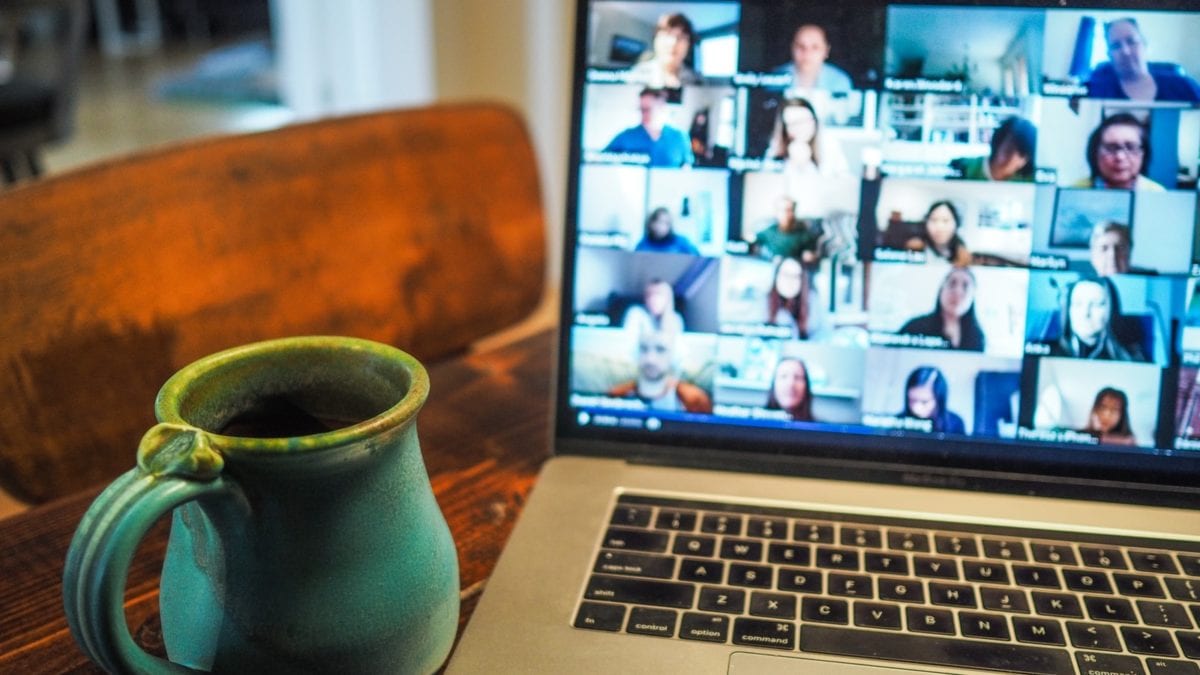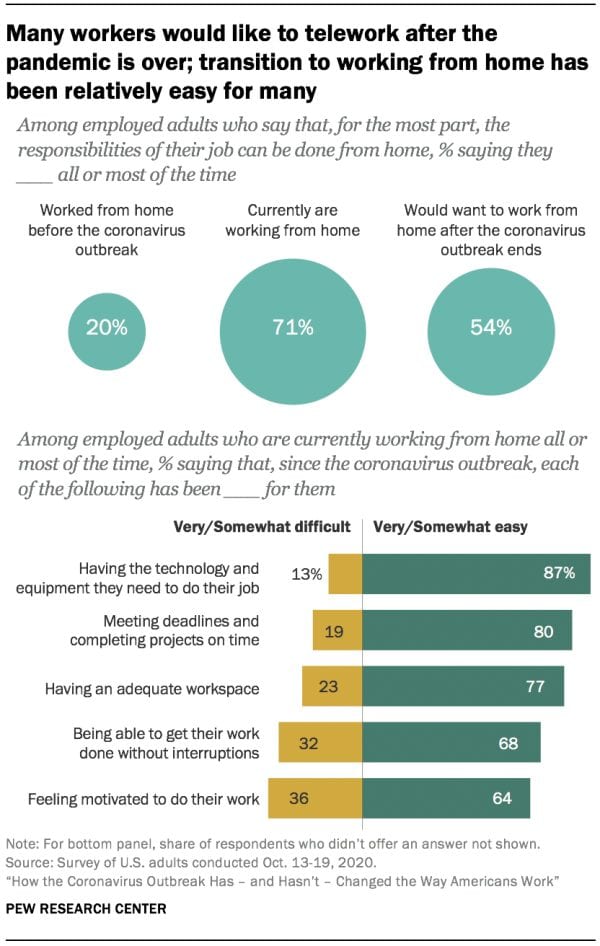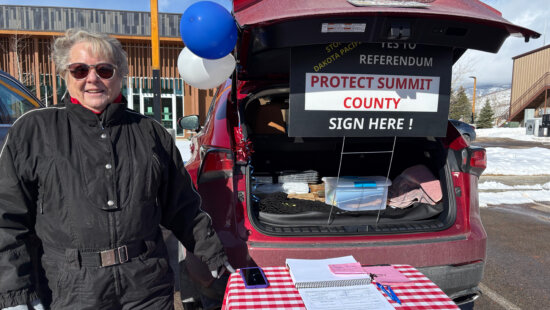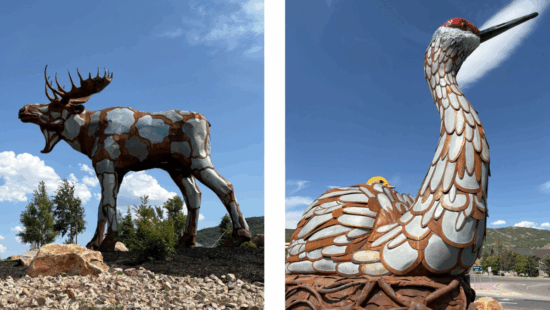News
Utah and its ‘Zoom Towns’

Today's Zoom meeting. Photo: Chris Montgomery
PARK CITY, Utah. — A recent article in the Canyon Country Zepher of Southern Utah, discusses the influx of people throughout the last year in St. George and the greater Zion National Park area. Author, Stacey Young, breaks down the anatomy for a ‘Zoom Town’ or the factors that played a part in the boom of the population influx in St. George, Utah.
Young lays out a few old terms that have emerged as current issues, such as ‘permanent tourism’ and ‘Recreation-Industrial Complex.’ In 2010, Point Park University professor, J. Dwight Hines, describes permanent tourism, “in this paper, I describe rural gentrification-ie the in-migration of relatively young, ex-urban members of the postindustrial middle class (PIMC)-in the northern Rocky Mountains as a form of ‘permanent tourism’. The colonization of previously industrial landscapes-ie those created according to a regime that prioritizes the production/consumption of commodities-by the PIMC has led to the expansion of postindustrial class-cultural space and the creation of the ‘New’ American West.”
The term ‘Zoom Towns’ is derived from the Silicon Valley company, Zoom Video Communications (full disclosure: TownLift uses Zoom). It is a video-first platform that provides video meetings across internet devices. It is one of the many tools that people use to work remotely, via the internet. Therefore, a ‘Zoom Town’ is broadly defined as housing markets that are suddenly bustling as remote work becomes more mainstream. They are mainly smaller cities, often situated in close proximity to amenities like ski resorts, beaches, or other lifestyle-based activities that tend to draw in vacationers, have emerged as front-runners in the category as evidenced by rental data and real estate sales.
Recently, WalletHub laid out the best states to work from home, and Utah was ranked #9.
That said, it’s not much of a surprise that both Park City and St. George have become remote working hubs, Zoom towns. If commuters, don’t have to commute to their jobs anymore, why not live where you want to live and telecommute? The question that is on everyone’s mind is with vaccinations on the rise, mask mandates being lifted, and fewer pandemic health issues, will fewer people want to return to office spaces and a traditional work environment? The Pew Research Center produced a study, essentially asking that question. 54% of workers would want to work from home after the pandemic ends.
If new-to-towners are soon to become locals, then how do towns begin to think like cities and handle the abrupt growth? The University of Utah did similar research on Zoom Towns, citing that Moab has also seen a large increase in population. A U of U student, researcher, and former economic community director for Grand County, Utah, Zacharia Levine, said that “The primary challenges residents reported included downtown congestion, housing affordability, and availability, environmental degradation, and a general decline in quality of life. Much of Moab’s infrastructure was built when the town became a uranium boomtown; it was never designed to accommodate the world. Just in the last few years, we’ve had to build new water storage facilities, sewer treatment facilities, roads, and other public infrastructure.”
All in, the growth in a few Utah towns has seemed unbearable. There may not be a mayor for these virtual ‘Zoom towns,’ but there are elected officials and ways for citizens to get more integrated into their communities to assure that they are managing their town’s growth as best as possible. Difficult decisions may have to be made, but hopefully, there is some good in these unfamiliar territories and altruism prevails as things change from the everyday norms.
Appreciate the coverage? Help keep Park City informed.
TownLift is powered by our community. If you value independent, local news that keeps Park City connected and in the know, consider supporting our newsroom.



















